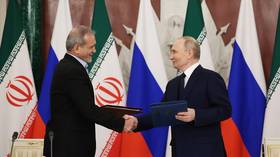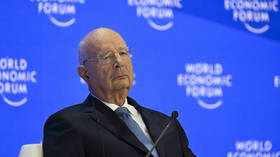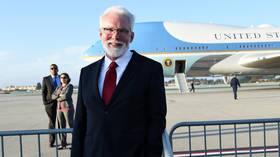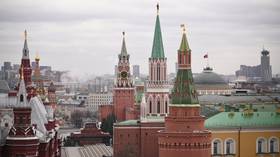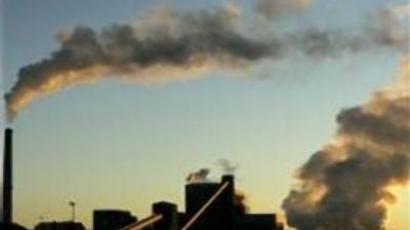Time’s up for Kyoto
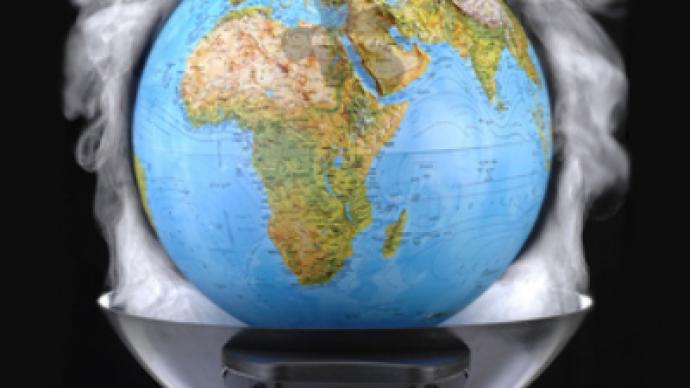
Levels of CO2 have continued to rise in the past decade since the Kyoto Treaty was agreed and they are now rising faster than even the worst-case scenarios set out by the UN's Intergovernmental Panel on Climate Change.
The natural absorption of CO2 by the world's forests and oceans has decreased significantly, and time is running out if the goal of saving the planet is to be realised. Clearly, The Kyoto Treaty has failed, but is there a Plan B?
The Kyoto deal has been the subject of much debate since its conception. Supporters believe reducing harmful emissions by schemes such as carbon trading is crucially important while others see it as a corrupt and futile way to solve the problem of global warming.
The absence of the U.S. support for the protocol, one of the many sticks former President Bush was beaten with, has also damaged its effectiveness. Now that President Obama has taken over, the consensus is that America will get involved and indeed lead the way when it comes to fighting climate change, but is Kyoto and carbon trading the best way forward, or have we wasted the past decade on a process that tries to fight gases in the atmosphere by just spouting a lot of hot air?
Kasia Kosonen is the Climate Political Advisor for Greenpeace. Speaking from her home in Finland she outlined the importance of the work done so far: “We have to thank the EU for their hard work in keeping the UN negotiated process and Kyoto Protocol alive for the eight years that the U.S. was not engaging. If we were now starting from scratch then we would have lost a decade of progress. Of course the targets laid out by the protocol are still too low in my opinion, but it is the only show in town and the only binding international planet agreement.”
Others are not so forgiving. Some environmental economists, like Steve Rayner – The James Martin Professor of Science and Civilization at the University of Oxford – see the costs of Kyoto as outweighing the benefits. They believe that an entirely different approach needs to be followed. He feels Kyoto has failed. When you realise that the Treaty has floundered in its aim to produce even the modest reductions in emissions that were agreed upon – it’s hard to disagree.
“Kyoto's biggest failing is that it has wasted ten years – we are no closer to achieving the stabilisation of greenhouse gas concentration in the atmosphere than we were a decade ago. In the meantime, we have expended a huge amount of political and diplomatic effort. We have used up a great deal of goodwill and we have spent billions on diplomatic exchanges and effort to build trading programs that are incapable of delivering the goal of 550 parts per million of carbon dioxide in our atmosphere by mid-century,” said Rayner, who is also an Honorary Professor of Climate Change and Society, University of Copenhagen.
Kosonen and Rayner may disagree on the effectiveness of Kyoto, but both are united by the thought that the change in the White House will have a positive effect on the any future it may have.
“It's really important that Obama is now on the scene,“ says Kosonen, ”unlike George Bush, Barack Obama understands the climate science, I'm sure he will implement targets and measures in the U.S. soon, and [America] is going to be one of the leaders in this process again.”
It is a sentiment echoed by Rayner: “I was predicting, before the election, that regardless of who won, the U.S. will be leading the world in emission reduction in five-ten years time. As Churchill said: ‘Always count on America to do the right thing, after they've exhausted every other option’.”
Even with America on board and on the forefront – has the protocol and the idea of carbon trading worked?
The idea is simple: a carbon cap is put in place and permits are issued to trade in it. The cap gets tighter and the price of carbon goes up stimulating research and development, which brings down the cost of the alternatives, thus encouraging the use of non-carbon fuels. In theory it is sound but in practice it can be a corrupt and useless way to deal with the problem.
For a start, the base levels for countries like Russia, Ukraine and pre-unified Germany were based on mid-1990s level of pollution – before the collapse of inefficient and polluting communist-era industries. Also, scams were carried out. The most notable example was China's deliberate manufacture of HFC-23 (trifluoromethane – a greenhouse gas 12,000 times more potent than carbon dioxide) in order so that they could sell off cuts in its production later. It was a profitable business and earned China over $US four billion in payouts, but did more harm than good to the atmosphere.
“The problems with Carbon trading are multiple,“ explains Rayner. ”I think the best way forward is a carbon tax with the money raised invested in alternatives.”
How likely is such a turn around in the current system? Kyoto expires in 2012, and later this year 190 heads of state, the media, NGOs, environmental activists and ordinary civilians will meet at the UN Climate Conference in Copenhagen. This international conference is seen by many as the last chance saloon in terms of addressing the issue of global warning before time runs out.
“I don’t think carbon trading will be abandoned [in Copenhagen], there is an immense amount of political capital involved, that can't be walked away from – there will be attempts to make it look like the system is working.”
Rayner believes there is hope though. He believes if governments act fast and strategically a solution can be found: “It will require significant public investment in research and development to bring the technology that already exists to complete with fossil fuels. What happened in the financial crisis was that the governments responded strategically – nobody did a cost-benefit analysis for George Bush for the nationalisation of Fanny Mae and Freddie Mac. The government recognised this was a significant threat and dealt with it. We are not talking about a ludicrous amount of money if we concede this is a real threat to mankind.”
Kasia Kosonen of Greenpeace agrees and understands the importance of investment and action now, even more so with the current global economic situation: “The economic crisis means we have to stimulate the economy anyway, so now we can direct that money into climate solutions and create green jobs that way. To be honest this is our last chance to get measures in place to combat climate change.”
The eyes of the world will be on Copenhagen in December. The seed sown at the Earth Summit in Rio in 1992 may have produced some bad fruit, but the problem of climate change needs to be addressed promptly and correctly. We cannot wait to arrive at a crisis point before we act strategically and we cannot sit back now that America is on board. The investment Professor Rayner talks about is substantial – on par with the amount spent in defence budgets, but it’s nothing if we concede this is a real threat to mankind.
It is imperative that lessons have been learned from the mistakes of the past 16 years. Those that ultimately make the decisions have until December in Copenhagen to get it right, and let's hope they do: it could be our last chance.
Ciaran Walsh for RT



